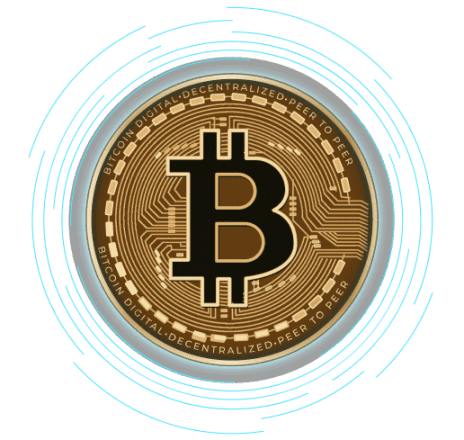What is a Financial Instrument?

In simple terms, a financial instrument is a tradeable asset. For example, cash, precious metals (gold or silver), documents confirming the ownership of something (for example, a business or resource), the right to transfer or receive cash, and much more. Financial instruments can be really complex, but their essence remains the same: whatever they are and whatever they mean, they can be traded.
Depending on the classification, different types of financial instruments are distinguished. One of the classifications is based on the definition of what kind of instruments they are: basic or derivative. As the name suggests, derivatives derive their value from something else (such as a cryptocurrency). Financial instruments may also be classified as either debt or equity.
But what are cryptocurrencies? We may perceive them in different ways, and they may fall into more than one category. It would be easiest to classify them as a digital assets. However, the potential of cryptocurrencies lies in the formation of a completely new financial and economic system.
In this sense, cryptocurrencies form a fundamentally new category of digital assets. Moreover, as the ecosystem develops, many new categories may appear that would otherwise never have appeared. The first such examples can be seen in the field of decentralized finance (DeFi).
What is the spot market?
In the spot market, financial instruments are traded with so-called “immediate delivery”. Delivery in this context simply means the exchange of Financial Markets and Trading Instruments for money. This may seem like a minor difference, but in some markets, cash settlement is not instantaneous. For example, if we are talking about the futures market, assets are delivered on a certain date in the future (when the futures contract expires ).
Simply put, the spot market can be thought of as a kind of space where transactions are made “on the spot” (“on the spot”). Since trades are settled immediately, the current market price of an asset is often referred to as the spot price.
What does this mean in the context of cryptocurrency markets? What can you do on the Binance Spot Market?
You can exchange one coin for another. That is, if you want to exchange BNB for BUSD, then you simply go to the BNB/BUSD spot market and make a deal! Similarly, if you want to exchange BNB for BTC, then you go to the BNB/BTC spot market. As soon as your orders are filled, the coins will be immediately exchanged. And this is one of the easiest ways to trade cryptocurrencies using financial instruments.
What is margin trading?
Margin trading is a way of trading using borrowed funds from a third party. In fact, margin trading increases results – both positively and negatively.
A margin account gives traders greater access to capital and eliminates some counterparty risk. How? The bottom line is that traders can trade with the same position size but still hold less capital on a cryptocurrency exchange.
In conversations about margin trading, the terms “margin” and “leverage” often appear. Margin refers to the amount of capital you deposit (i.e. your own resources). Leverage means the ratio by which you increase your margin. For example, if you are using 2x leverage, this means that you are opening a position that is double the size of the margin. If you use 4x leverage, then the open position is four times the margin, and so on.
However, beware of liquidation. The more leverage you use, the closer the liquidation price is to the entry price. If you are liquidated, you will lose all margin. So, when you start trading on margin, be aware of the high financial crisis associated with it. And before you get started, we strongly recommend that you read the Binance Margin Trading Guide.
Margin trading is widely used in stocks, commodities, and Forex trading, as well as in the bitcoin and cryptocurrency markets. In a more traditional setting, borrowed funds are provided by an investment broker. As for cryptocurrencies, funds are usually provided by the exchange, which charges a commission for financing.
However, in some cases, borrowed funds may come directly from other traders on the platform. Typically, this method involves a variable interest rate (funding fee), since it is determined on the open market.
So, we briefly reviewed the concept of margin trading, but you can always expand your knowledge. If you are interested in learning more, read our article “What is Margin Trading?”
What is the derivatives market?
Derivatives (derivative financial instruments) are financial assets whose value is based on some other asset. It can be an underlying asset or a basket of assets. The most common underlying assets are stocks, bonds, commodities, market indices, or cryptocurrencies.
The derivative itself is a contract between several parties. It gets its price from the underlying asset, which is used as a source. Whatever asset is used as a benchmark, the basic idea is that the derived product derives its value from it. Common examples of derivatives are futures contracts, option contracts, and swaps.
According to some estimates, the derivatives market is one of the largest. Why? Derivatives can exist for almost any financial product, even for the derivatives themselves. Yes, derivatives can be created from derivatives.
Then, on the basis of these derivatives, others can be created – and so on. Reminds me of a very unstable house of cards, doesn’t it? And it’s not that far from the truth. It is believed that the derivatives market played a major role in the 2008 financial crisis.





One Response
nice article thanks